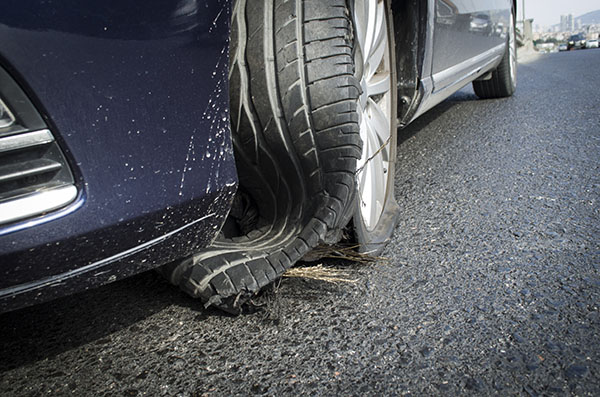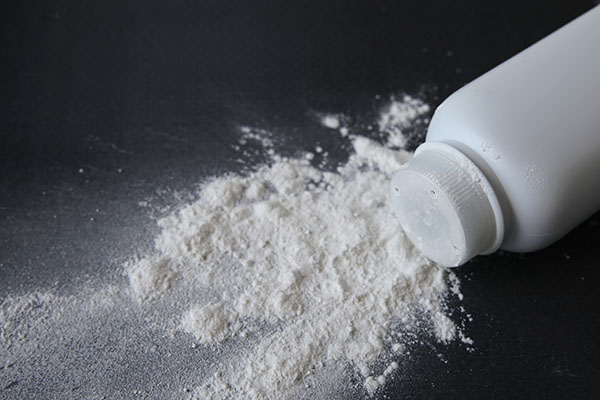
JUUL vaping devices have been on the market since 2015 and with the aim of “improving the lives of the one billion adult smokers” on the planet. It claimed its primary mission was to help those already smoking traditional cigarettes and tobacco products to quit smoking.
Within a couple years JUUL grew to become $5-billion vaping empire. The San Francisco-based startup now controls more than three-quarters of the U.S. vaping market. This growth did not come by only converting adult smokers, but rather by creating new much younger nicotine addicts through social media campaigns, sleek, attractive product design and other methods of targeting the youth population in the United States.
JUUL devices are available in a variety of colors and can even be covered with custom skins that feature school colors and mascots, artwork, photos of animals, cartoons, and even religious figures, to name a few.
JUUL and other vape companies sell JUUL pods in a variety of fruit, candy, and other sweet flavors that appeal to children and teens. Fruit Loops, Strawberry Milk, Pumpkin Donut, Pancake Syrup, and Bubble Gum are some of the hundreds of pod juice flavors available for JUULs. Clearly, JUUL had other intentions beyond targeting adults as its main consumers.
The FDA says the rate of juuling and other vape device use among U.S. youth has become a national epidemic, reversing decades of progress in preventing teen smoking.
The liquid inside JUUL cartridges contains glycerol, propylene glycol, flavoring, benzoic acid, and 40 milligrams of nicotine.
Medical professionals are very concerned because JUUL delivers higher concentrations of nicotine than other vaping devices. According to a study published in The Lancet, the liquid in JUUL is 5% nicotine by volume, which is more than twice the concentration of nicotine in similar devices like the Blu vape cartridge (2.4% nicotine). This increases the risk of addiction.
Not only is nicotine highly addictive, but numerous scientific studies show it is also toxic to fetuses and is known to impair brain and lung development if used during adolescence. Among the negative health effects to fetuses and adolescents are:
- It is well-understood that nicotine can affect multiple organs in a developing fetus, potentially with life-long consequences.
- Nicotine is a neuroteratogen and “compromises the development of critical neural pathways in the developing brain.”
- Some of the neonatal and childhood complications associated with nicotine exposure include low birth weight, SIDS, Asthma, decrease pulmonary function, increased risk of respiratory illness, upper respiratory illness, increased incidence of hypertension, increased risk of postnatal obesity and type 2 diabetes mellitus, renal dysfunction, smaller head circumference, cognitive and affective disorders, attention deficit disorder, and behavior problems.
- Prenatal exposure to nicotine also primes the adolescent brain for depression and for nicotine addiction in future years.
- Exposure to nicotine in utero has been linked to several neurodevelopmental and behavioral effects including “poorer academic outcomes, deficits in learning, memory reading, language development, global intelligence, and scholastic achievement.”
Nicotine can interact with any cancer cells present in the body in a way that makes cancers worse, Nicotine also stimulates the nervous system and cardiovascular system, which leads to heart disease. Kids who use nicotine have more asthma and likely more days off school. There’s also evidence linking vaping with chronic pulmonary obstructive disease and other permanent damage.
While other brands use a chemically modified form called “freebase nicotine,” JUULs use “nicotine salts” that more closely resemble the natural structure of nicotine found in tobacco leaves. This makes the nicotine more readily absorbed into the bloodstream and makes the vapor less harsh so that it is easier to inhale more nicotine for longer periods of time.
While other brands use a chemically modified form called “freebase nicotine,” JUULs use “nicotine salts” that more closely resemble the natural structure of nicotine found in tobacco leaves. This makes the nicotine more readily absorbed into the bloodstream and makes the vapor less harsh so that it is easier to inhale more nicotine for longer periods of time.
E-cigarette and Vaping Associated Lung Injuries (EVALI)
The Centers for Disease Control and Prevention (CDC) is investigating an outbreak of severe respiratory illness affecting people who recently used vaping products like JUUL. As of Oct. 10, 2019, more than 1,000 people in 48 states and one U.S. territory have been affected by EVALI, and at least 23 of those sickened have died.
No vaping product or ingredient has been identified as the culprit, but many of those who developed the lung injury reported having used e-liquids containing THC, the chemical responsible for most of marijuana’s psychological effects. However, physicians report some people with the lung illness have only vaped products containing nicotine. They say it is too early to tell what is causing the illnesses.
The CDC is recommending that consumers “consider refraining from using e-cigarettes, or vaping products, particularly those containing THC.”
Symptoms of vape-related lung injury include:
- Cough
- Shortness of breath
- Chest pain
- Nausea, vomiting or diarrhea
- Fatigue
- Fever
- Abdominal pain
Some patients reported that their symptoms developed over a few days, while others reported that their symptoms developed over several weeks. A lung infection does not appear to be causing the symptoms, the CDC said.
Those who are concerned about their health after using JUUL or another vaping device should contact their health care provider, or call their local poison control center at 800-222-1222.
No vaping product or ingredient has been identified as the culprit, but many of those who developed the lung injury reported having used e-liquids containing THC, the chemical responsible for most of marijuana’s psychological effects. However, physicians report some people with the lung illness have only vaped products containing nicotine. They say it is too early to tell what is causing the illnesses.
The CDC is recommending that consumers “consider refraining from using e-cigarettes, or vaping products, particularly those containing THC.” Symptoms of vape-related lung injury include:
- Cough
- Shortness of breath
- Chest pain
- Nausea, vomiting or diarrhea
- Fatigue
- Fever
- Abdominal pain
Some patients reported that their symptoms developed over a few days, while others reported that their symptoms developed over several weeks. A lung infection does not appear to be causing the symptoms, the CDC said.
Those who are concerned about their health after using JUUL or another vaping device should contact their health care provider, or call their local poison control center at 800-222-1222.
Electronic Cigarette Explosions and Fires
The shape and construction of electronic cigarettes can make them behave like “flaming rockets” when the lithium-ion battery fails, and can contribute to the type of injury. Many explosions related to e-cigarettes are also caused by spare batteries loosely stored in a pocket or purse.
Other factors contributing to the type and severity of e-cigarette explosion injuries are whether the device was in a pocket or actively being used at the time, such as in the person’s hand or mouth. Most e-cigarette injuries serious enough to require hospitalization are second- and third-degree burns to the legs and thigh and genitals. Hands and fingers were the second most-affected parts of the body, with 26 percent of the burn injuries occurring there.
Many e-cigarette explosions have caused severe head and facial trauma. In addition to thermal burns and lacerations caused by shrapnel, facial injuries include loss of eyes, teeth and tongue.










